Bridging crypto from Coinbase to Base has become one of the most cost-effective ways to move assets on-chain, especially after Coinbase’s latest fee update. If you’re wondering exactly how much it costs to bridge your funds and what steps are involved, this visual guide breaks down the process using current market data and real-world examples.

Coinbase to Base: Zero Fees as of July 2024
As of July 2024, Coinbase has eliminated all transfer fees for bridging assets directly from Coinbase to its Layer 2 Base network. This is a significant shift aimed at making on-chain transactions accessible for everyone. Whether you’re sending ETH or USDC, moving funds through the official Coinbase bridge now incurs $0 in transfer fees. This applies both on desktop and mobile using the Simple Mode in Coinbase Wallet.
For USDC transfers specifically, users can enjoy not only zero transfer fees but also instant settlement on Base. This makes it an attractive option for those looking to move stablecoins without incurring extra costs or delays (source).
The Fine Print: Gas Fees and Third-Party Bridges
If you’re using third-party bridges instead of the official Coinbase route, there are still some costs to consider. For example:
Key Cost Differences: Coinbase vs. Third-Party Bridges to Base
-
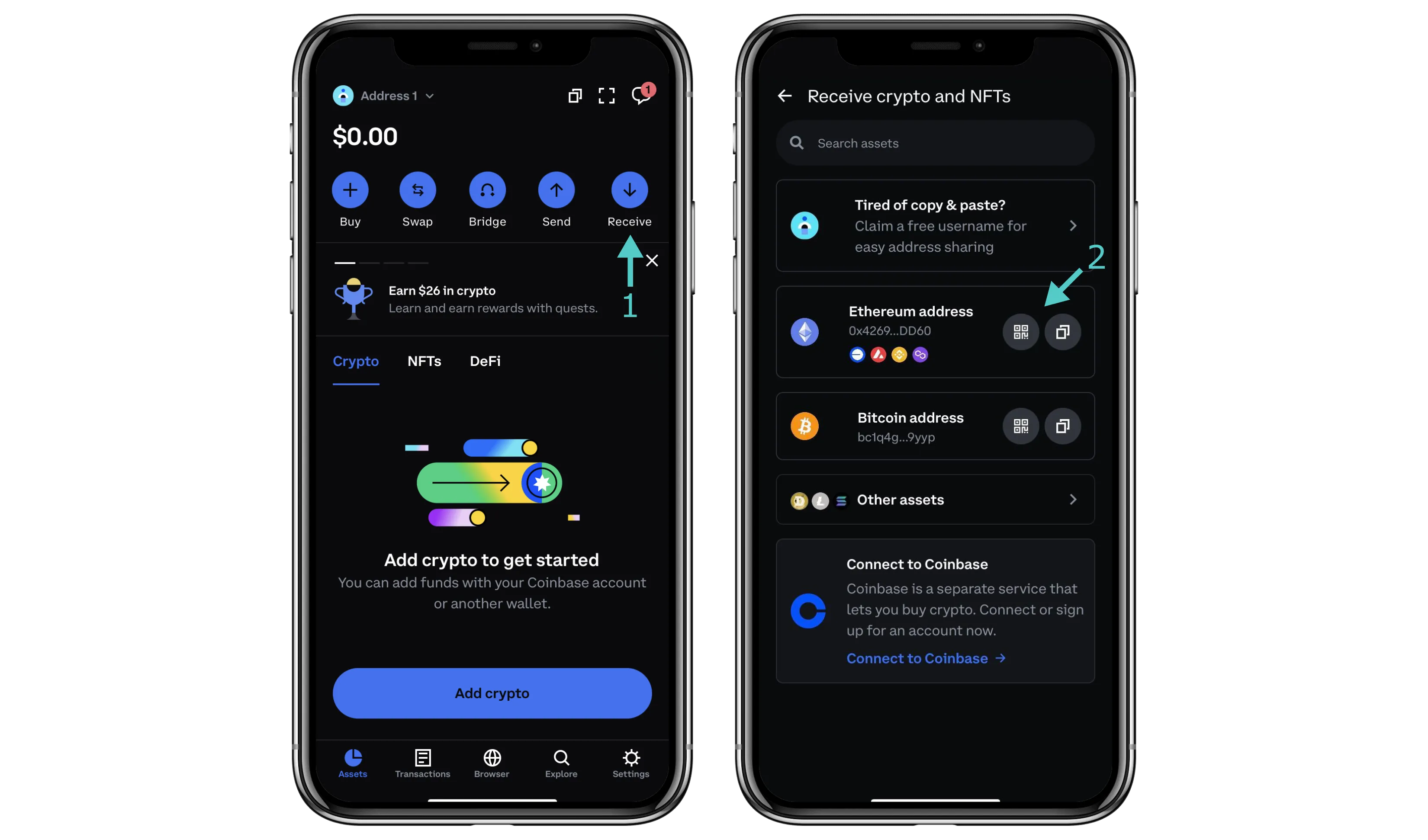
Coinbase Wallet: Zero Bridging FeesAs of July 2024, Coinbase Wallet users can bridge assets from Ethereum to Base with no fees. This applies to both ETH and USDC transfers, making it the most cost-effective option for most users.
-

Third-Party Bridges (e.g., Rhino.fi): 0.19% Fee + GasServices like Rhino.fi charge a 0.19% transaction fee on the bridged amount, plus Ethereum gas fees (typically $5–$10 depending on network congestion). This can significantly increase the total cost compared to Coinbase’s zero-fee option.
-
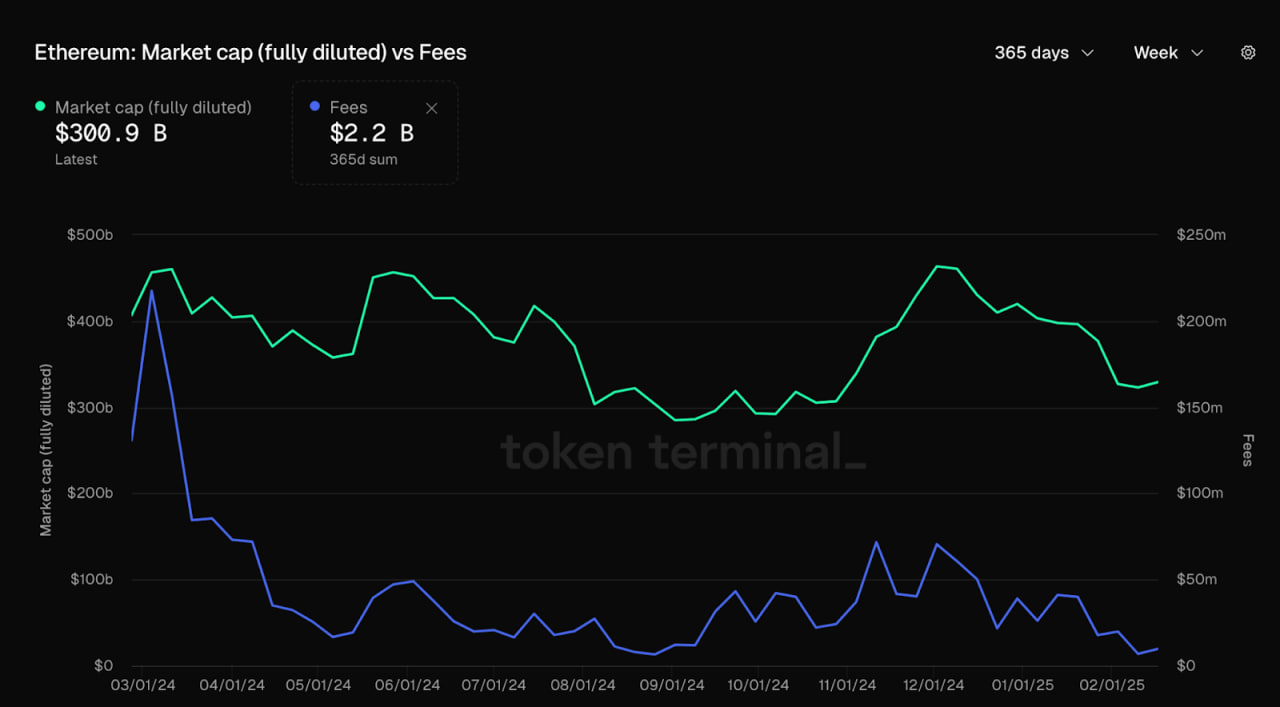
Gas Fees: Variable Costs on Ethereum and BaseRegardless of the bridge used, Ethereum mainnet gas fees (usually $5–$10) apply when sending from Ethereum. In contrast, transactions on Base usually incur less than $1 in gas fees, thanks to its Layer 2 efficiency.
-
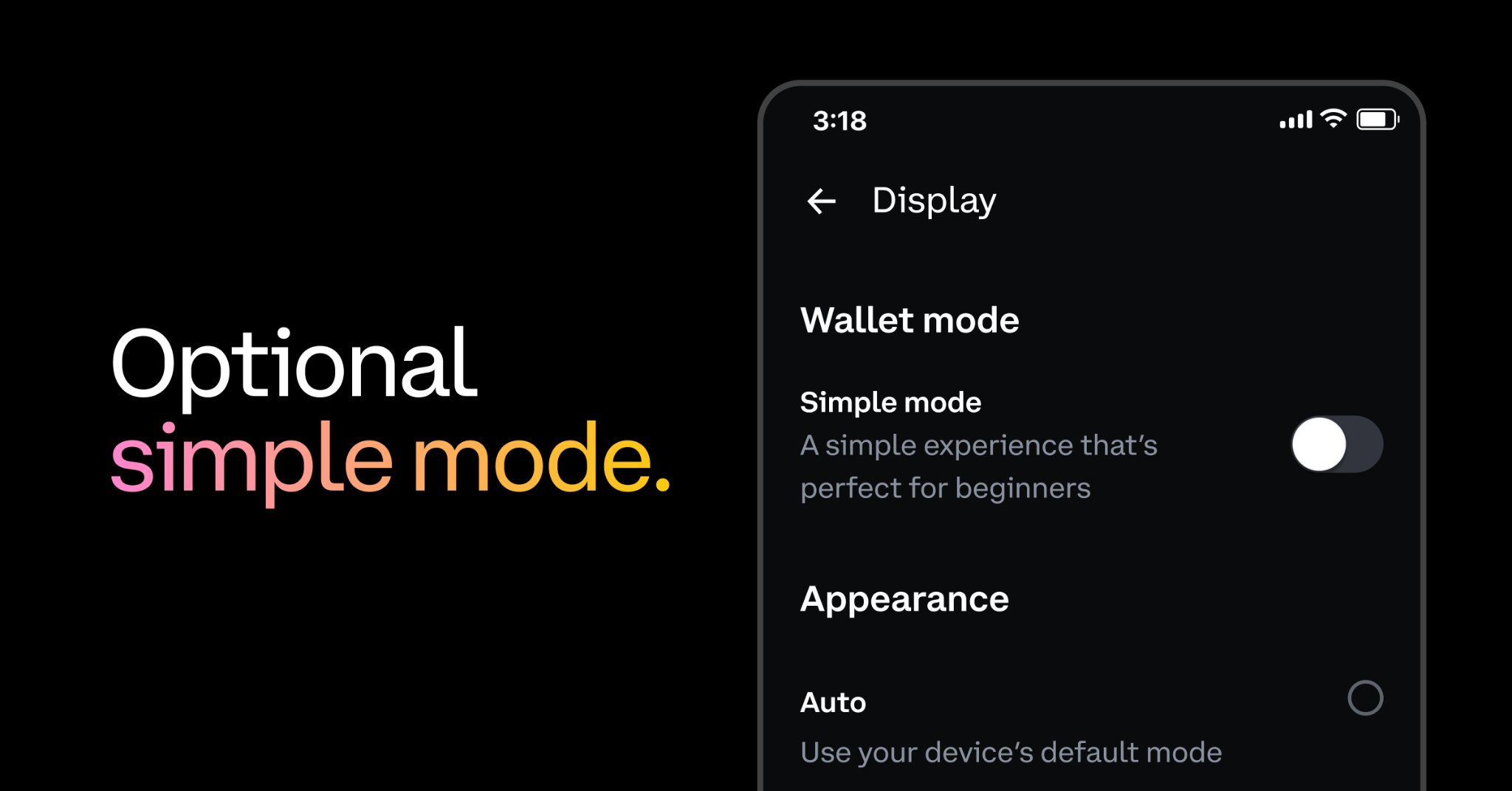
Instant, Cost-Effective Transfers with Coinbase WalletUsing Coinbase Wallet’s Simple Mode for USDC on Base enables instant and zero-fee transfers, providing a seamless and affordable user experience.
Rhino. fi and similar platforms charge around 0.19% per transaction, plus any gas fees from the source network. On Ethereum mainnet, gas can range between $5 and $10, depending on network congestion. In contrast, Base keeps its own gas fees below $1 per transaction (source). Always check live fee rates before confirming your bridge.
Visual Walkthrough: How to Bridge Crypto from Coinbase to Base
The process is straightforward if you follow these steps:
You’ll start by connecting your wallet, selecting your asset (ETH or USDC), entering the destination (Base network), and confirming the transfer. With no transfer fees through Coinbase’s own bridge, all you pay is a minimal network gas fee, often less than $1.
Why Is Bridging Important?
The ability to bridge assets cheaply is crucial for accessing dApps, trading memecoins, and participating in DeFi protocols built on Base. With transaction times under a second and costs below $1 per action, users can experiment without worrying about excessive overheads (source). This low-friction experience is central to onboarding new users into Web3.
Beyond the cost savings, bridging to Base unlocks a vibrant ecosystem of dApps, NFTs, and DeFi tools powered by Coinbase’s infrastructure. The network’s EVM compatibility means you can interact with familiar Ethereum-based protocols, but with drastically lower fees and faster settlement.
Tip: Always verify which bridge or wallet mode you’re using before initiating a transfer. Official Coinbase routes guarantee zero transfer fees as of July 2024, while third-party services may add extra charges or require more manual steps.
Top Use Cases for Bridging Assets to Base
-

Exploring SocialFi Platforms: Social platforms like Friend.tech operate on Base, letting users monetize social interactions and participate in new forms of decentralized communities.
What about going back? If you need to move funds from Base back to Ethereum, support for this feature is rolling out in Coinbase Wallet by mid-August. Expect similar low-fee or zero-fee experiences once that’s live (source). Until then, outbound bridges may still involve mainnet gas fees and potential third-party costs.
Frequently Asked: How Do Fees Compare Across Bridges?
Let’s visualize the typical costs side-by-side:
Comparison of Bridging Costs: Coinbase vs Rhino.fi vs Average Gas Fees (July 2024)
| Bridge/Method | Fee | Additional Gas Cost | Total Estimated Cost |
|---|---|---|---|
| Coinbase Bridge (to Base) | $0 (Zero Fee) | Under $1 (Base L2) | Under $1 |
| Rhino.fi | 0.19% of amount | $5–$10 (Ethereum mainnet) | 0.19% + $5–$10 |
| Ethereum Mainnet (Average Gas) | N/A | $5–$10 | $5–$10 |
| Base Network (Average Gas) | N/A | Under $1 | Under $1 |
This clear cost advantage makes Base one of the most accessible Layer 2 networks for both newcomers and seasoned crypto users. The difference is especially stark when compared with legacy L1 bridges that can eat into your balance with every move.
Staying Informed on Fees
Gas fees are dynamic. Even though Base keeps its network fees under $1 per transaction, Ethereum mainnet congestion can push gas higher at peak times. Before bridging large sums, check real-time rates in your wallet interface or on trusted explorer sites. This helps avoid surprises, and ensures you’re always getting the best deal possible.
If you’re ready to make your first move onto Base, start small, test out a USDC or ETH transfer using the official Coinbase Wallet Simple Mode for a truly zero-fee experience. As always, double-check addresses and network selections before confirming any transaction. With these updates in place as of July 2024, there’s never been a better time to explore what Base has to offer.








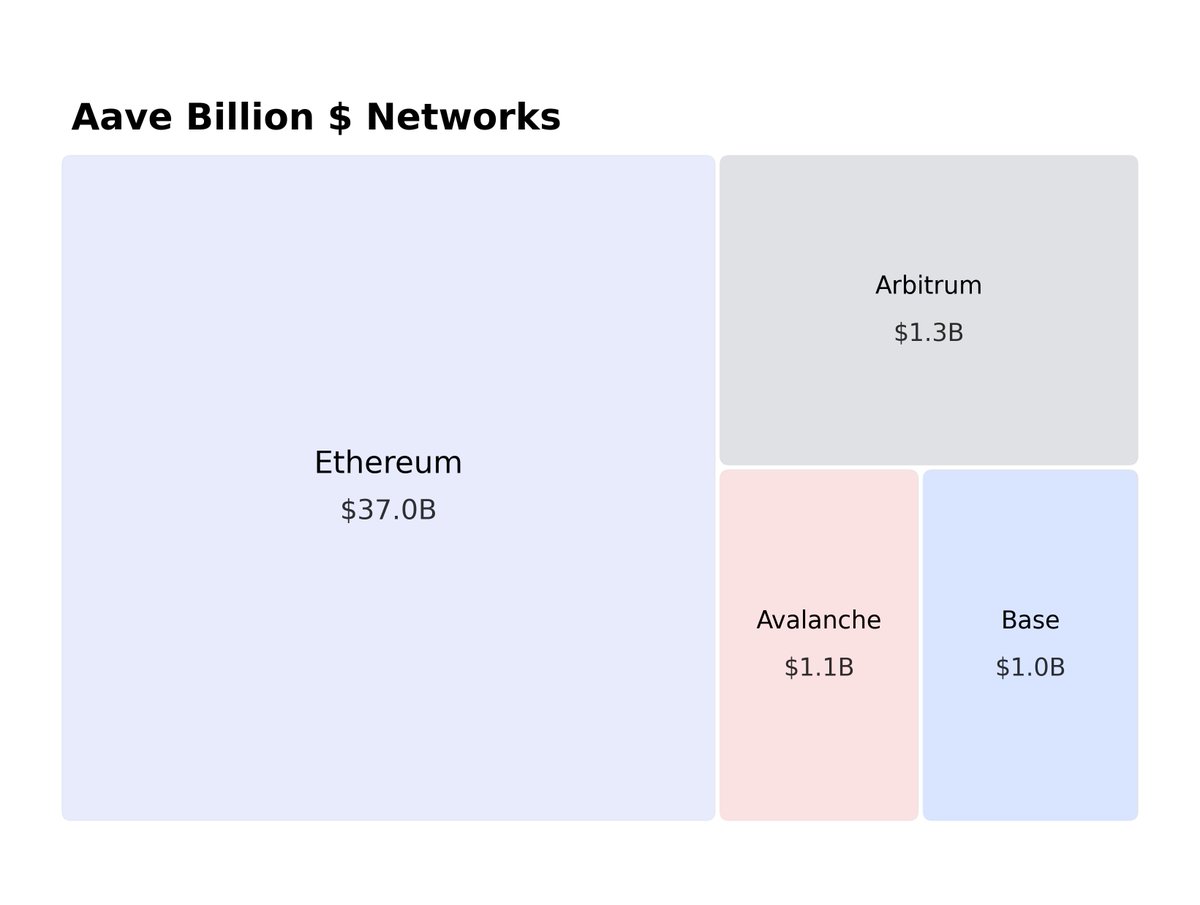
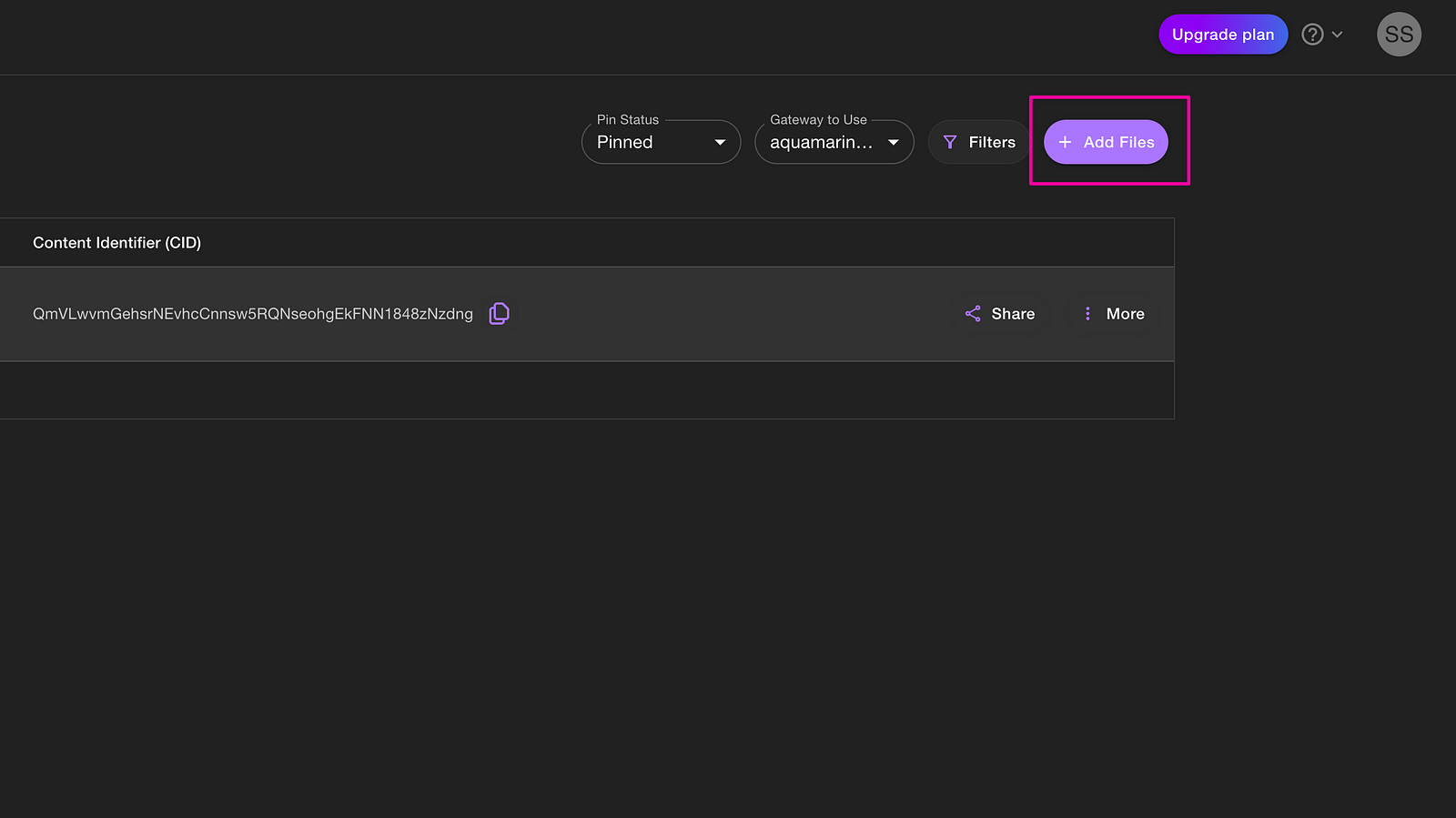





Leave a Reply